Here's how scientists accelerate particles to 99.99% the speed of light
First, the electron gun generates electron beams and feeds them into the linear accelerator, or linac.

In the linac, electromagnets and microwave radio-frequency fields are used to accelerate the electrons, which must travel in a vacuum to ensure they don’t bump into other particles and slow down.
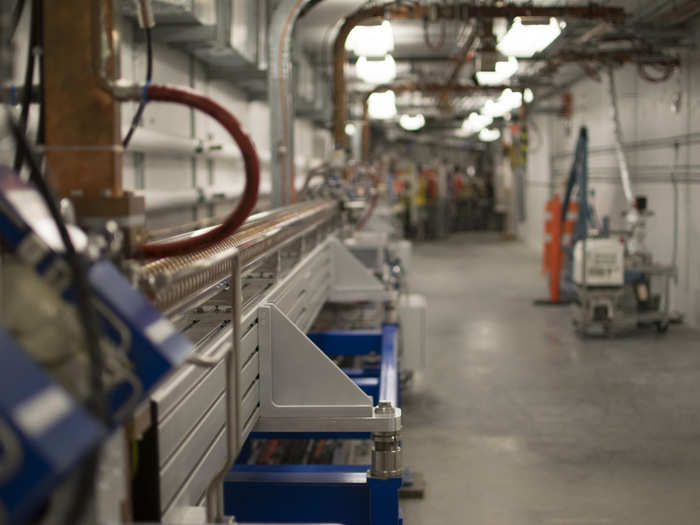
Next, the electrons enter a booster ring, where magnets and radio-frequency fields accelerate them to approximately 99.9% percent the speed of light. Then they are injected into a circular ring called a storage ring.
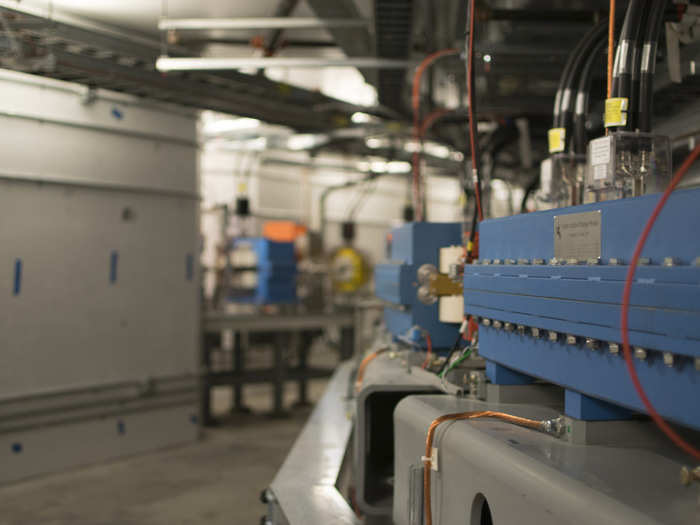
In the storage ring, the electrons are steered by an assortment of magnets. The blue magnets bend the motion of the electrons, the yellow magnets focus and defocus the path of the electrons, and the red and orange magnets take outlying electrons and bring them into a closer path. The smaller magnets are corrector magnets, which keep the beam in line.
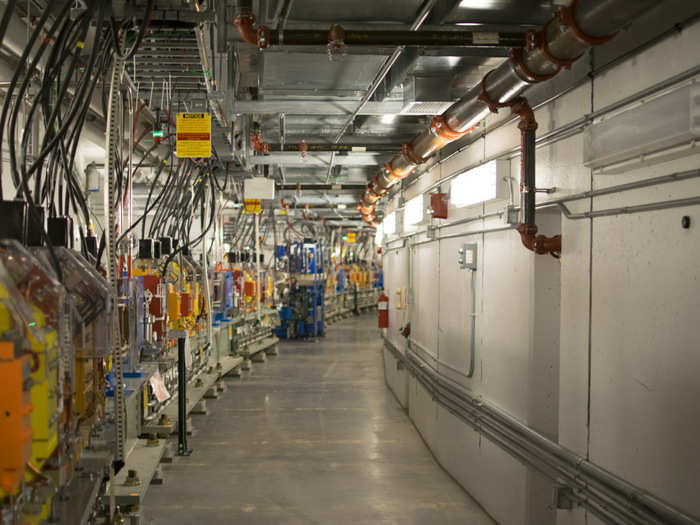
This is an insertion device in the storage ring. Insertion devices are magnetic structures that wiggle the electron beam as it passes through the device. This produces an extremely bright and focused beam.
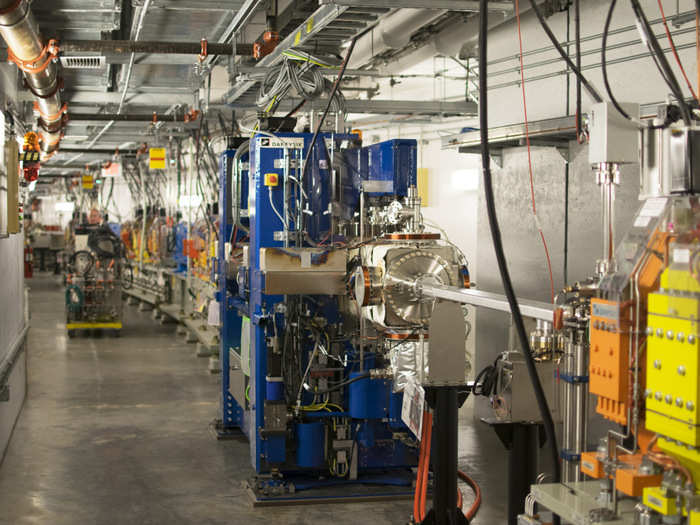
As the electrons go around turns in the storage ring, they decelerate slightly, losing energy. The lost energy can be converted into different forms of electromagnetic radiation, such as X-rays, that are directed down beamlines running in straight lines tangential to the storage ring. At the end of the beamline, the X-rays crash into samples of whatever material is the subject of the experiment.
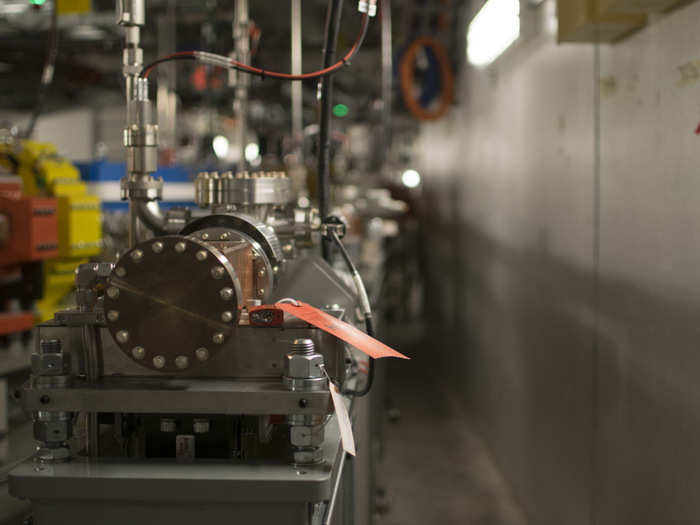
This is an X-ray spectroscopy beamline, where scientists analyze the chemical composition of materials by exciting the electrons in an atom.
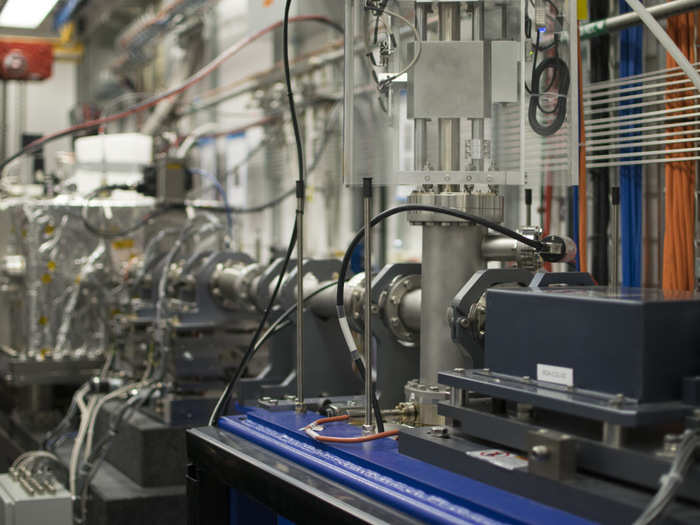
The circumference of the NSLS-II is so big, nearly half a mile, that many people working there travel around on tricycles.
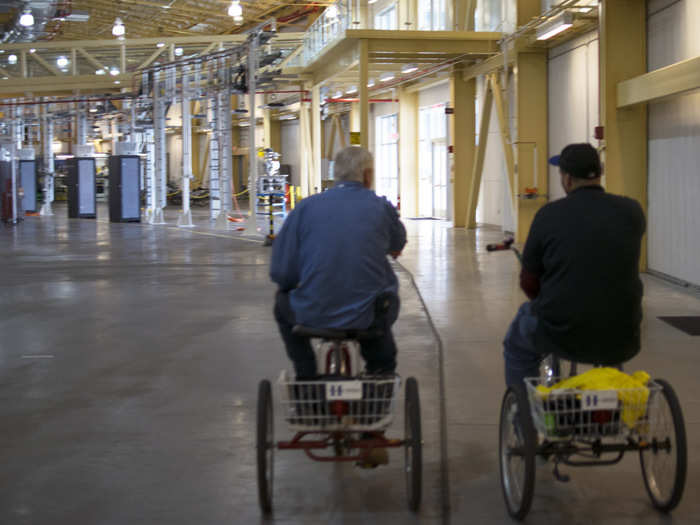
The NSLS II is still in the early stages of its development, having just taken over for its successor (the NSLS), in 2014. When it's complete, it will be able to accommodate about 70 different beamlines.
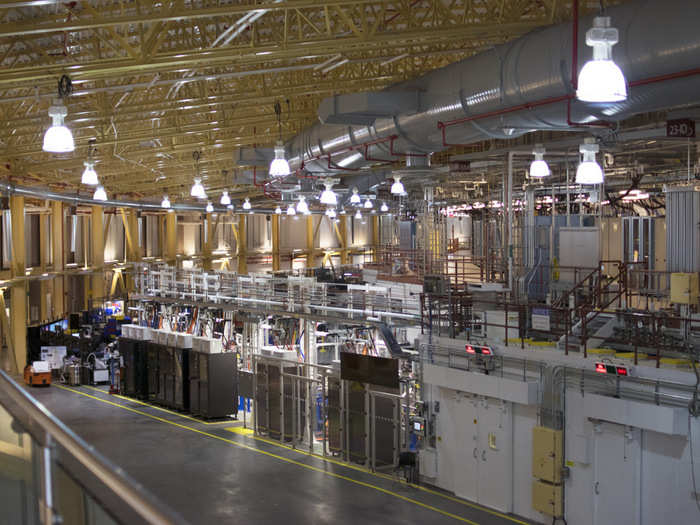
Popular Right Now
Advertisement